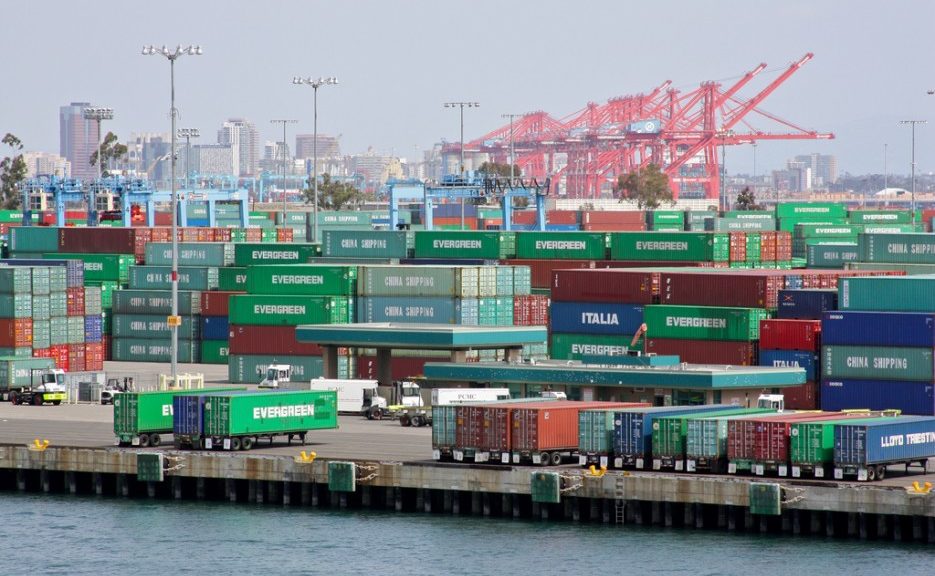Rising prices, strong worldwide demand and more than $27.2 billion in government payments drove net farm income in the U.S.
The pandemic continues as new variants emerge, constantly redefining the crisis and shifting the shape of supply and demand and its impact on the farm economy.
In response to the pandemic and its economic fallout, the Federal Reserve Bank undertook unprecedented bond buying and lending to banks to support the economy directly and to support trillions of dollars of extra government spending.
farm products under the so-called Phase One Agreement, but benefits and impediments remain, including a list of resolved structural barriers to U.S.-China trade, as well as higher tariffs.
Workers, changed by the COVID experience, are demanding – and holding out for – more; as a result, the entire economy is facing the sort of labor difficulties farmers have long endured, and that’s unlikely to change in 2022.
No part of the transportation sector has been spared supply-chain disruptions, with higher rates and shipping delays often hitting farmers and ranchers particularly hard.
The number of vessels waiting at anchor offshore from Los Angeles’ terminals, for example, was near zero daily on average before 2020 but jumped to an average of 32 in November 2021 with 53 vessels inbound as of January 27th.
Ad hoc disaster assistance payments have gone from 1% or 2% of net farm income through 2019 to 48% in 2020 and 24% forecasted in 2021 – primarily linked to pandemic-related programs. This will force a conversation about how the 2023 farm bill can encourage good risk management without leaving farmers and ranchers at the mercy of Mother Nature in a post-pandemic world.
USDA’s Climate-Smart Agriculture and Forestry Partnership Initiative was announced in September but it will take time to define the farming and forestry practices and outcomes that USDA values and to begin supporting pilot projects that could expand opportunities for climate-smart practices on working lands; these decisions will provide critical context for the conservation provisions of the 2023 farm bill.
Early analysts’ expectations peg corn planted acres at 91.5 million acres, down about 2% compared to 2021, while soybean planted acres are estimated to reach 88.8 million acres, up 1.8% from 2021.
High fertilizer prices, increasing more than 300% in some areas, and increased prices of other inputs — like crop protection chemicals and land values, which increased 7% in 2021 compared to 2020 — are tightening what could have been above breakeven profit margins.
After hitting its highest peak in over 20 years, the national dairy milking herd has dropped under 2017 and 2020 levels and with the drop comes a dampening in total and per cow milk production.
Though feedlot placements were up 6% in December 2021 over December 2020, this is likely a result of a last-ditch option to get feeders to market given abysmal winter forage conditions and high hay prices.
Following the methodology supplied by DOL in the proposed rule, this Market Intel will look at what the proposal means for farms utilizing the H-2A program.
As a result, for the first time in many years, some analysts expect that butter and powder values will drive the market as a hungry world market demands these products.
